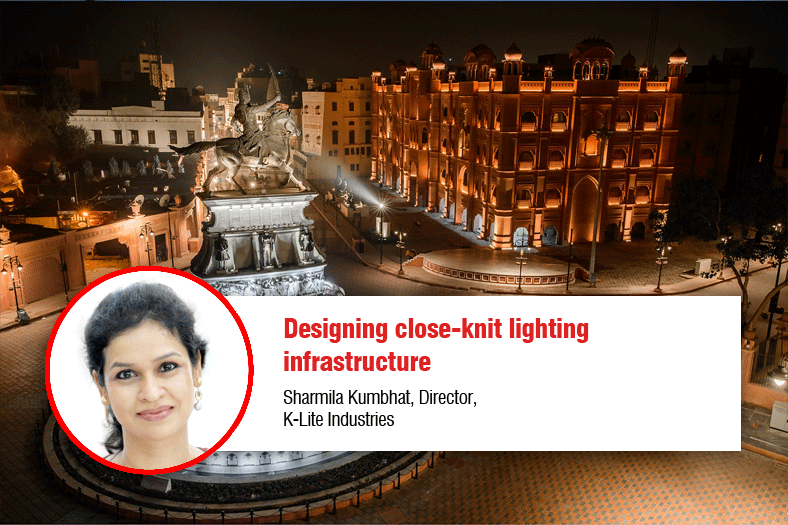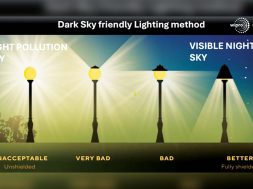Designing close-knit lighting infrastructure

The concept of smart cities came into being as a consequential development to Internet of Things (IoT), digital connectivity, global warming and the compelling necessities for energy saving. Lighting has a key role to play in energy saving of these cities. Public lighting with LED can cut energy consumption to 50 per cent.
Smart street lighting platform with IoT can help cities deal with safer traffic movement, crime, pedestrian and driver safety, among other issues. Falling costs and improvements in quality are making LED lighting the default option. Street lighting infrastructure can host sensor networks and wireless communications for traffic control, smart parking, etc. Smart lights should be able to accommodate full range of lighting controls compatible to remote control and integral with suitable sensors for the respective application.
Design trends
“Design of lighting platform should preclude a detailed study of the emerging and existing technologies and possible application areas,” says Sharmila Kumbhat, Director, K-Lite Industries.
Existing look out for possible inclusions are – compatibility; network redundancy; cyber security and scalability; application areas like mobile connectivity, traffic control, security camera, etc.; optimisation of energy consumption; necessity-based controlled lighting and; improved visibility, enhanced traffic safety; along with financial benefits.
Design of lighting platform should preclude a detailed study of the emerging and existing technologies and possible application areas
Sharmila Kumbhat, Director, K-Lite Industries
Cookie Consent
We use cookies to personalize your experience. By continuing to visit this website you agree to our Terms & Conditions, Privacy Policy and Cookie Policy.









